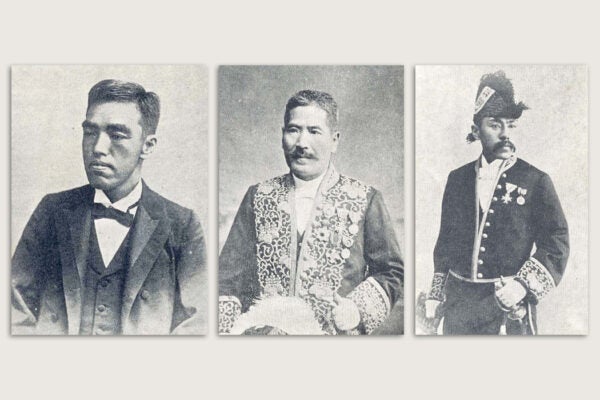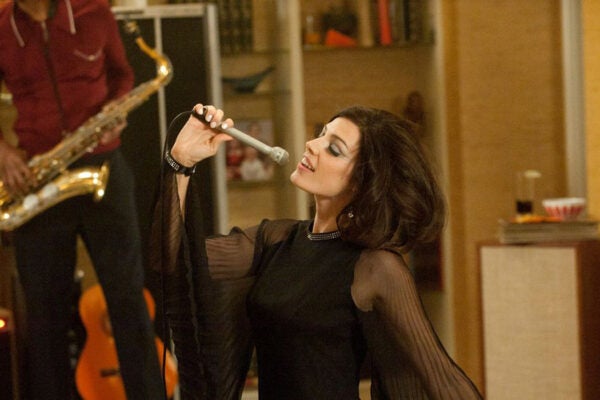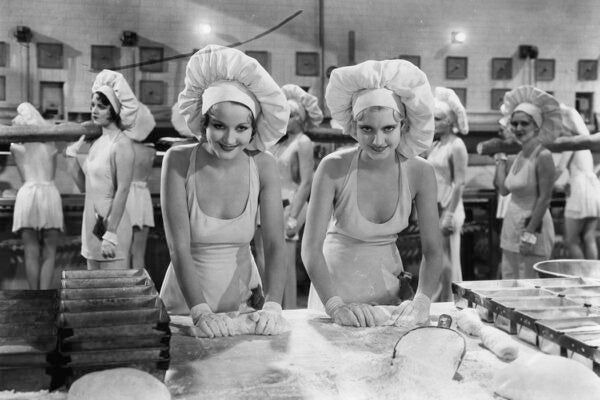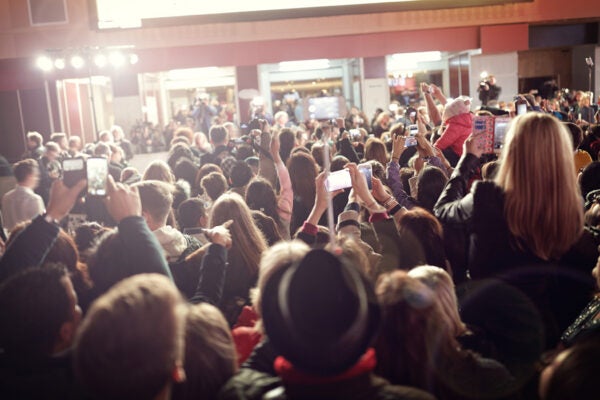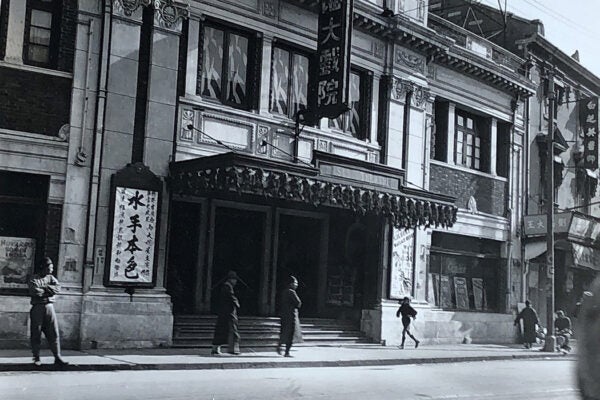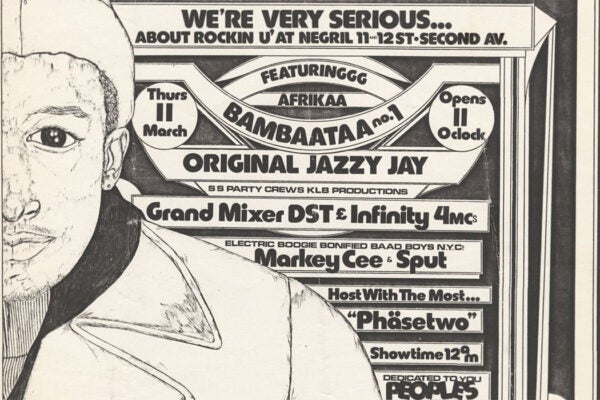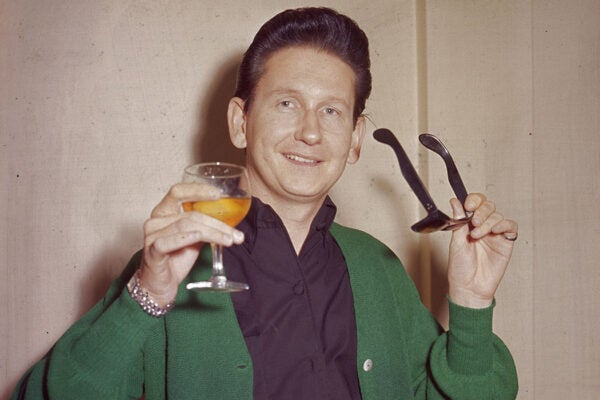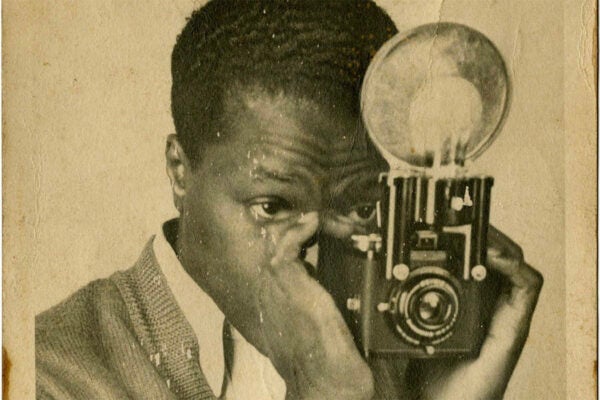Tod Browning’s Freaks
Freaks asked audiences to think about the exploitative display of human difference while also demonstrating that the sideshow was a locus of community.
Power Posing in the Taiwan Photo Studio
As photography became more popular in occupied Taiwan, the camera subtly captured the shifting boundaries between Japanese colonizers and their Taiwanese subjects.
Mad Men and Its Obsession with Frenchness
Mad Men’s in-universe fascination with Frenchness was so frequent and important to the plot(s) that it might as well have been a main character.
Queer Representation in Pre-Code Hollywood
Before the establishment of the Hollywood Production Code in the 1930s, filmmakers deployed gender and sexuality stereotypes for glamour, humor, and drama alike.
Citizen Journalism: A Reading List
The ubiquity of smartphones has ushered in a new era for journalism—facilitating citizen journalism and changing the very nature of reporting.
The Chinese Movie Theater in Shanghai’s “No Man’s Land”
The Isis Theater of pre-war Shanghai occupied a unique space as a Chinese-run cinema in an international “contact zone.”
Mashup at the Intersection of Deco and Hip-Hop
Archived at Cornell University, a collection of flyers promoting dance-inspiring DJ sets in the Bronx established the visual identity of a new cultural era.
How Roy Orbison’s Repertoire Shaped David Lynch’s Films
Drawing on the nostalgic feelings evoked by Orbison's music, Lynch added new layers to the cinematic traditions of film noir.
The Decades of Double Features
For years, the double feature was a dependable part of the movie-goer’s life. Where did it come from, and where did it go?
Seeking Clues in Cabinet Cards
The poignant images, at once banal and intimate, in the Lynch Family Photographs Collection contain mysteries perhaps only the public can solve.

